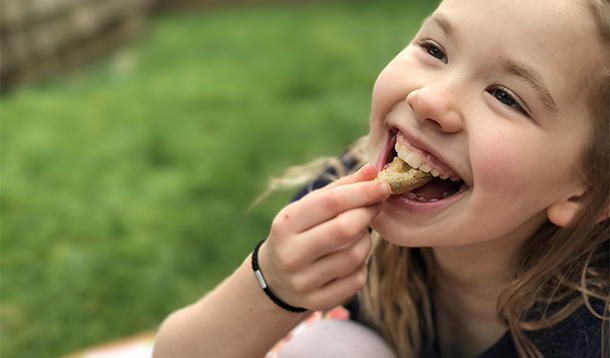
You know that nursery rhyme that asks, “How does your garden grow?” Well, let me tell you about mine. In an attempt to help the bee population, for the first time last year, we planted bee-friendly wildflowers as part of the Honey Nut Cheerios Bring Back the Bees program. After a unusually long and cold winter on the west coast this year, we got a late start on gardening, so our current flowers have not bloomed just yet. That being said, they were simply beautiful last year, attracting many bees, and we can't wait for our flowers (and the bees!) to make their appearance.
This year, I wanted to take things a step further and focus again on educating our children about just how important bees are, and the deep impact they have in our day to day lives. I decided to pay attention to celebrating the hard work our bees do in providing us with so many delicious foods to eat.
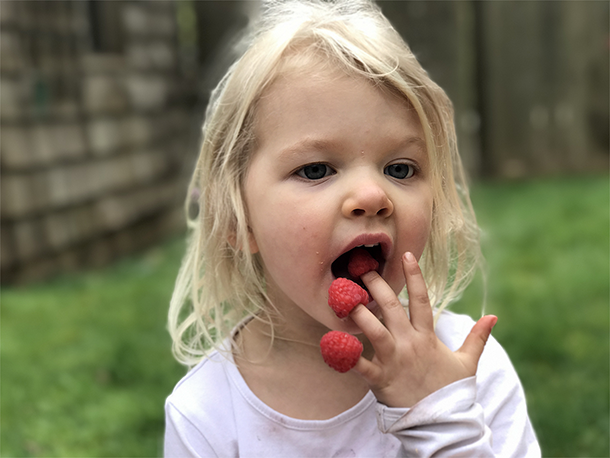
After all, if we don’t protect our bee population, our food choices will be significantly minimized. Bees and other pollinators are responsible for one in three bites of the food we eat. The stocks of delicious, nutritious foods we're used to seeing in the grocery store would be decimated without the bee population to pollinate.
When you think about it, there's so much that bees do, and without them, our lunches (and every other meal) would be less nourishing and satisfying. Food choices would be so bleak if there were no bees to contribute. Bringing back the bees is about bringing back colour (and nutrition!) to our plates for years to come. The possible reality of losing the bees is particularly painful for families with food allergies or intolerances who can’t eat dairy or grains, two of the food groups that mostly aren’t affected by bee pollination.
Take a look at these five typical lunches and snacks we would regularly pack, first those made with the support of healthy bees and then those without. The difference is staggering.
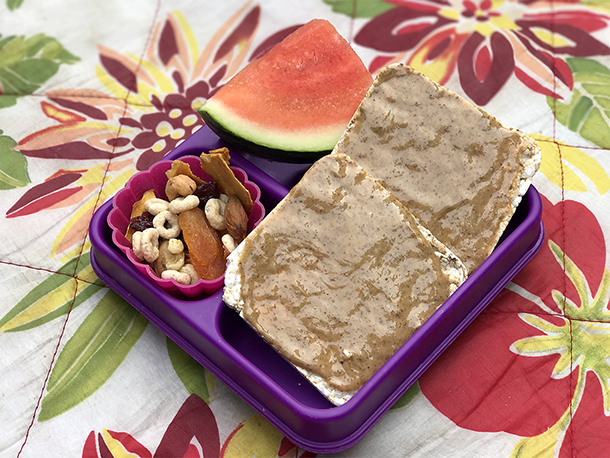
Rice cakes are staples in my kids’ gluten-free diet. They will put anything and everything on them. Partnered with some thirst-quenching watermelon, and tasty trail mix (with dried fruit, nuts and Honey Nut Cheerios), and you’ve got a simple, yummy lunch. It’s not so filling once you take away all the food products that bees give us.
Easy Peasy Honey Nut Cheerios Trail Mix
Mix equal parts of any number of the following, suited to personal taste and diet:
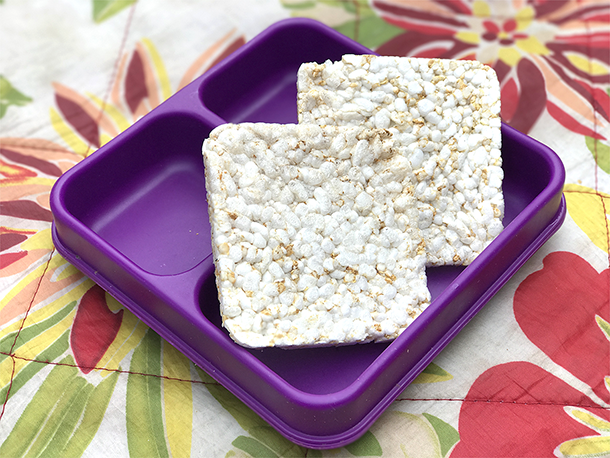
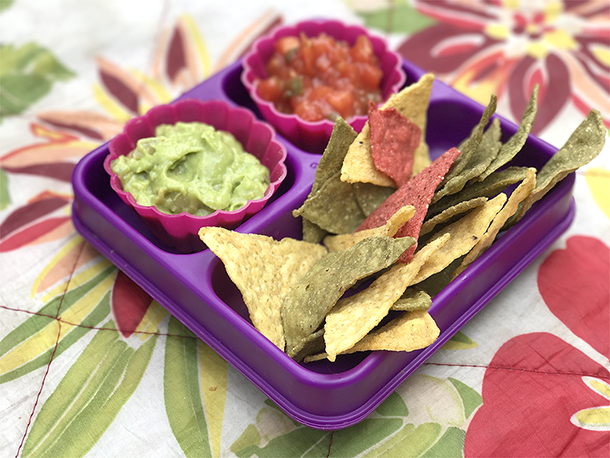
I'm always trying to think outside the box (and outside the sandwich) when it comes to packing snacks and lunches for my kids. Because we can't have foods containing gluten, it can be extra challenging. This is one of our favourite, colourful alternatives.
Without the bees, you can see that this delicious snack becomes a lot less colourful without the addition of the dips that rely on bee pollination to exist.
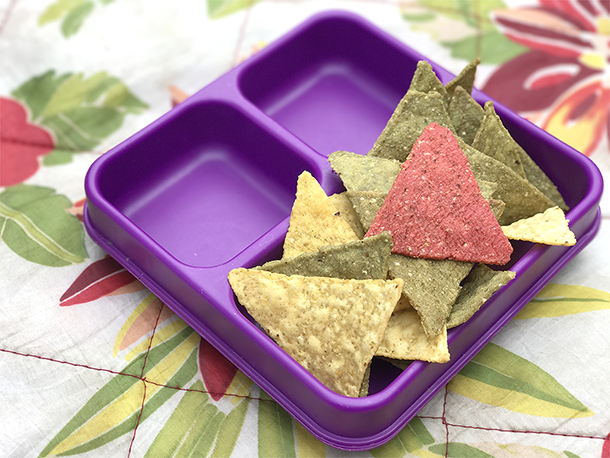
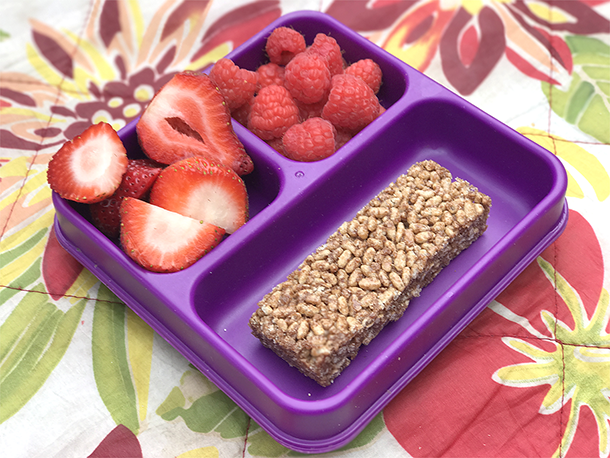
This simple snack is a very portable and fairly mess-free. Whether you’re going to the park or pre-school, it’s great for fuelling all sorts of fun. Sadly, it’s a lot less healthy when you remove the bee-pollinated fruits.
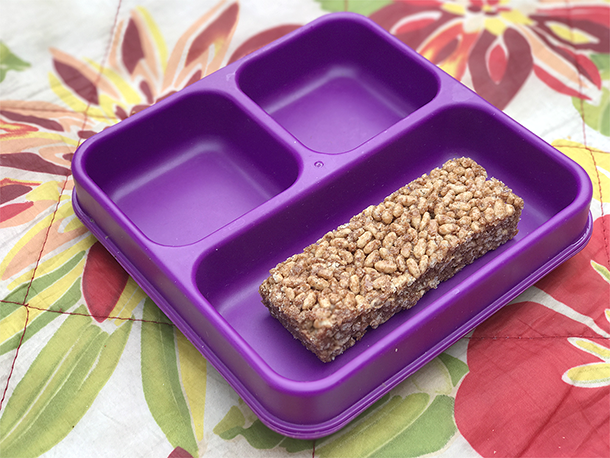
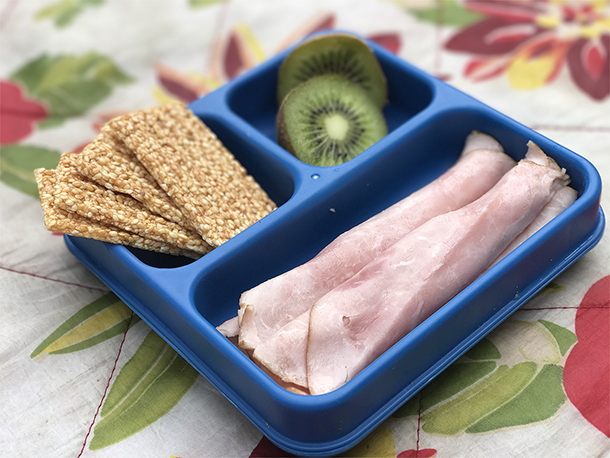
My kids go crackers over sesame crackers - especially the types sweetened with honey. Who knew that sesame seeds are a crop pollinated by bees? Of course, the honey and kiwi are too, leaving only ham to eat if we lived in a future with no bees.
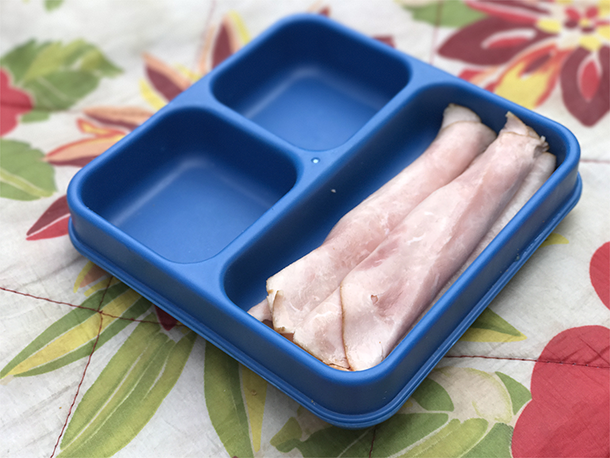
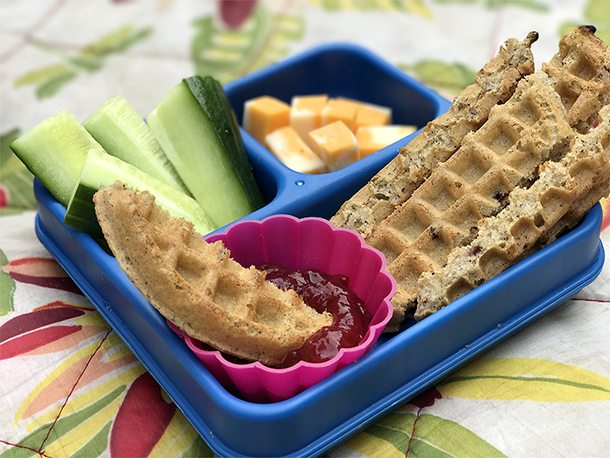
I think this last lunch is the most startling, as many would expect the waffles to not be affected by a declining bee population. Unfortunately, these buckwheat waffles are one of the items on the list of affected foods that I was most surprised about.
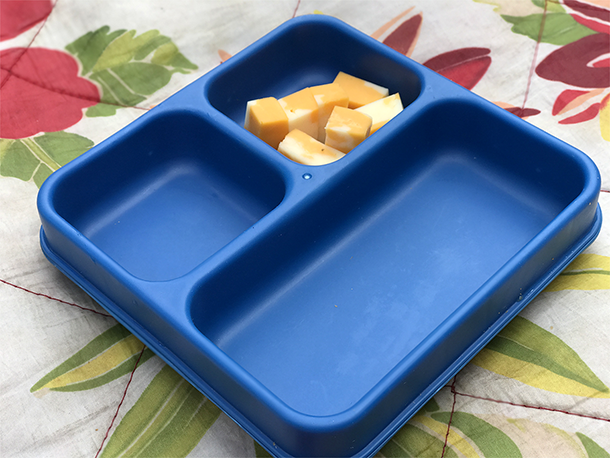
The fact is, we need the bees! Human survival depends on having lots of healthy bees. If we want to be fed well, we need to make sure bees are also well fed. Wildflowers are an essential part of the natural habitat and nutrition bees require to thrive.
After such a successful campaign last year, Honey Nut Cheerios is asking Canadians to once again help plant over 100 million wildflowers across the country to help bring back the bees. Last year's program made great progress restoring natural habitats for bees in Canada, but it won’t be solved overnight. Even with successful wildflower planting, bee populations across North America are still unstable and there’s still more that needs to be done.
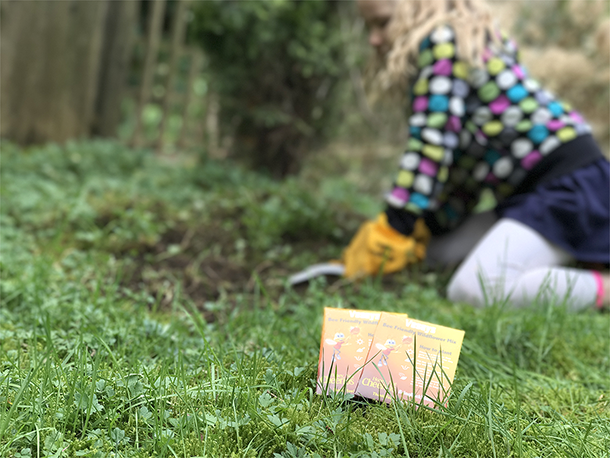
The big challenges facing our ecosystem can be overwhelming and it’s easy to feel like you can’t make a difference. It’s easy to feel like individual acts are too small to matter. But helping the bees is simple. Planting even a few wildflowers can help give bees the natural habitat and nutrition they need to thrive and survive. We're so proud to be part of bringing back the bees.
Kids want to make a difference too and can feel like they are too young to make a difference, but everyone can play a part. Planting wildflowers is an outdoor activity families can do together!
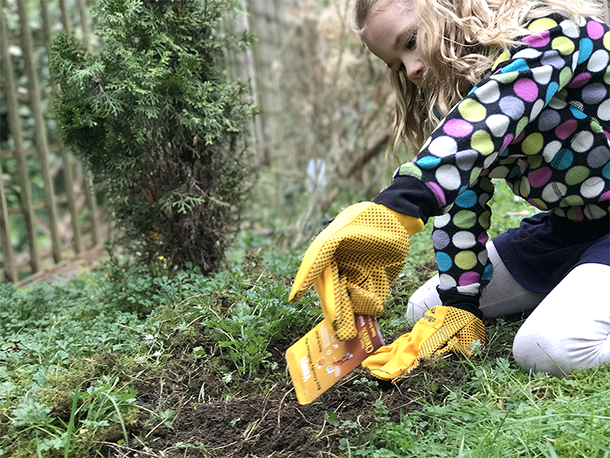
This is a topic dear to my heart and I am always looking forward to finding new ways to bring awareness to the current bee population decline. If my family's lunches and our little garden can make a difference, well that’s worth buzzing about (pun intended!)
